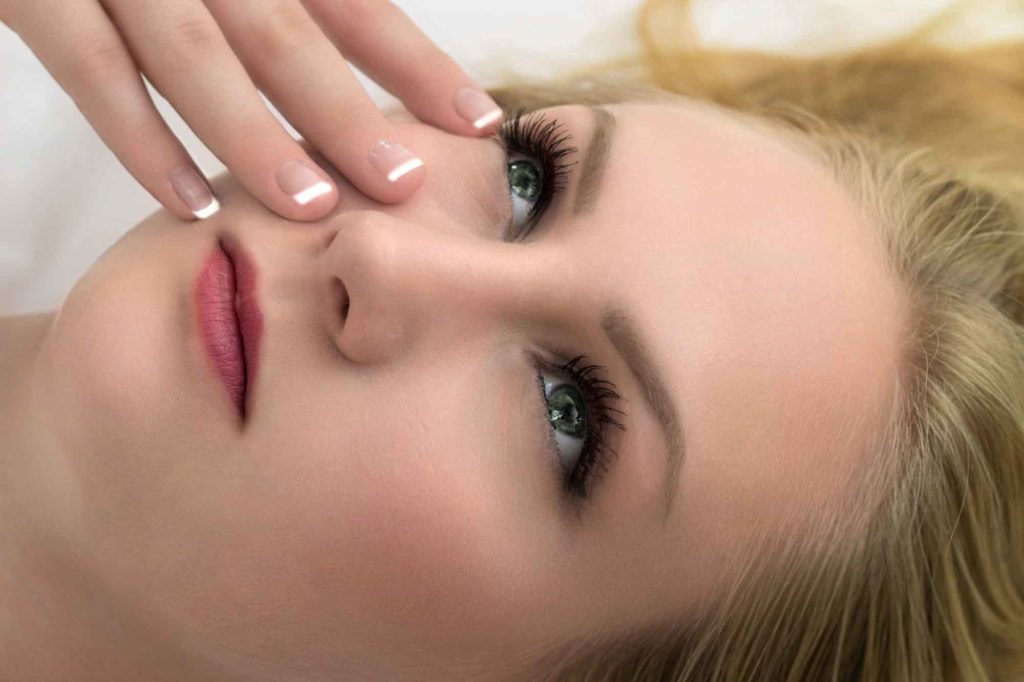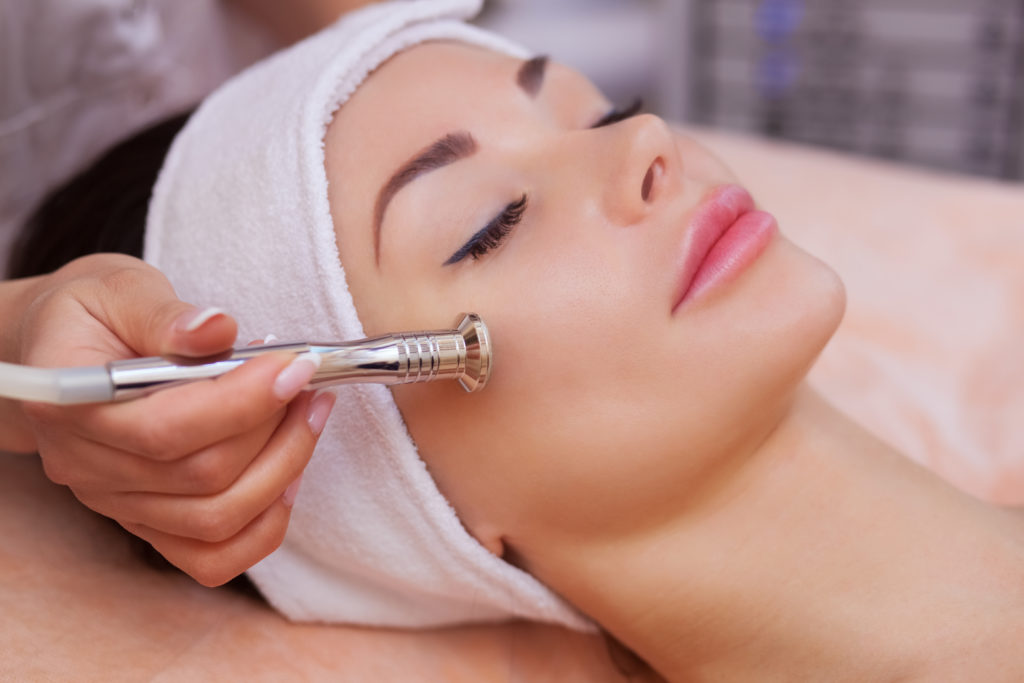A young woman wakes up to sunshine coming through her window. Ready for another day, she rises and walks into her bathroom.
“That’s weird,” she realizes. “My medicine cabinet’s open.”
As she closes it, her eyes fall on the mirror on the cabinet door. What she sees makes her shriek in fear.
“What are you doing here? How did you get here?” But she gets no answer from the menacing intruders: the new wrinkles on her face.
Aging can pop up out of nowhere, but you aren’t powerless. To tackle your demon, find out your best option: Dysport vs Botox.
Dysport vs Botox: How Do They Compare?
Botox injections have been a household name for decades, and Dysport is rising to that status. How do you know which one is the best choice for your wrinkle reduction? Start with these comparisons.
How Do They Work?
At their core, Botox and Dysport work the same way. They’re both meant to treat wrinkles that form due to tense facial muscles.
Over a lifetime of making certain facial expressions, certain muscles get stuck in a tense, contracted state. That creates wrinkles and creases in the skin above those muscles.
Dysport and Botox are both purified forms of a natural material called botulinum toxin. They work by blocking the nerves in your tensed facial muscles.
The muscles stop receiving the message from your brain to contract, so they relax and become smooth. When that happens, your skin becomes smooth too.
Which One is Safer?
Safety is our medical team’s first priority, and you can rest assured that both Dysport and Botox have excellent safety records. Both of them are FDA-approved as safe and effective.
Some patients believe Botox is safer because it’s been around longer. After all, it was FDA-approved in 1991 and Dysport was FDA-approved in 2009. What few people realize, though, is that Dysport has been used in Europe since 1990.
The most crucial way to make sure that your treatments are safe is to ensure that you’re getting authentic Botox or Dysport from a qualified professional. Don’t accept injections without knowing you’re getting the real thing.
Which One Gets Better Results?
Because they work the same way, Botox and Dysport produce similar results. However, there do seem to be some differences.
Both Dysport and Botox are temporary treatments. After a few months, your body metabolizes the medications and the results fade.
There is evidence that your body forms fewer antibodies to Dysport, though. This tends to make Dysport’s results last longer.
Many patients also see results faster from Dysport than they do from Botox. Keep in mind, though, that everyone’s body is unique. Your results will depend on your specific anatomy and body chemistry among other factors.
Which One Feels More Natural?
By forcing their targeted facial muscles to relax, Botox and Dysport also prevent those muscles from moving. It’s a feeling that can take patients some time to get used to. Patients typically say that it’s not uncomfortable: just different.
In most cases, patients report that Dysport feels more natural. It’s all a matter of personal preference, though. This is why we often recommend that patients try both injections to see which one they prefer.
Which One Has an Easier Treatment?
New wrinkle reduction patients are often nervous about their first treatment with Dysport or Botox. The fact is that it’s a quick treatment with minimal discomfort. In fact, many of our patients fit their injections into their lunch break.
The treatment process is similar for Botox and Dysport. In both cases, your provider will ask you to make certain facial expressions so they can mark the injection areas.
Next, they’ll use a few injections throughout the treatment area. It depends on how much improvement you want and how many areas you’re treating. The entire appointment typically takes 15 minutes or less.
The only difference in the treatment is that Dysport tends to spread over a wider area. This means that your provider is likely to need fewer injections to treat the area you want.
Which One is More Versatile?
Treating facial wrinkles is the most common use for Botox and Dysport. It isn’t the only use, though. In fact, Botox was originally a treatment for crossed eyes and doctors realized that it smoothed their patients’ wrinkles too.
While they both have multiple uses, Botox is FDA-approved for more purposes than Dysport. In addition to wrinkles, Botox can treat excessive underarm sweating, migraines, urinary incontinence, and certain nerve-related conditions.
While Dysport can treat a variety of medical conditions along with wrinkles, it’s not FDA-approved for our second most popular Botox treatment: sweat reduction.
Which One Costs More?
As much as everyone would love to say that they can’t put a price on confidence, budgets matter.
When you purchase Botox or Dysport treatments, you’re not just paying for the product. You’re also paying for the provider’s time and expertise, the facility, and the equipment.
With that in mind, Botox is a bigger name so the product tends to cost more than Dysport does.
Choosing Between Botox and Dysport
There are a lot of ways to compare Dysport vs Botox. You can look at the results, the safety, the cost, and more. In fact, it’s important to take all this into account when you make your choice.
At the end of the day, though, it comes down to personal preference. Each product has its strengths and weaknesses. Your choice should be based on your priorities and which product’s strengths fit those priorities best.
If you aren’t sure, it’s always a safe bet to ask your treatment provider. They’ve seen patients’ experiences with each product first-hand. They can evaluate your specific treatment areas and ask the right questions to find out whether Botox or Dysport is the right choice.
If you’re ready to take the next step toward a smoother, happier, more youthful face, we can help. Call our medical spa to schedule your appointment.


